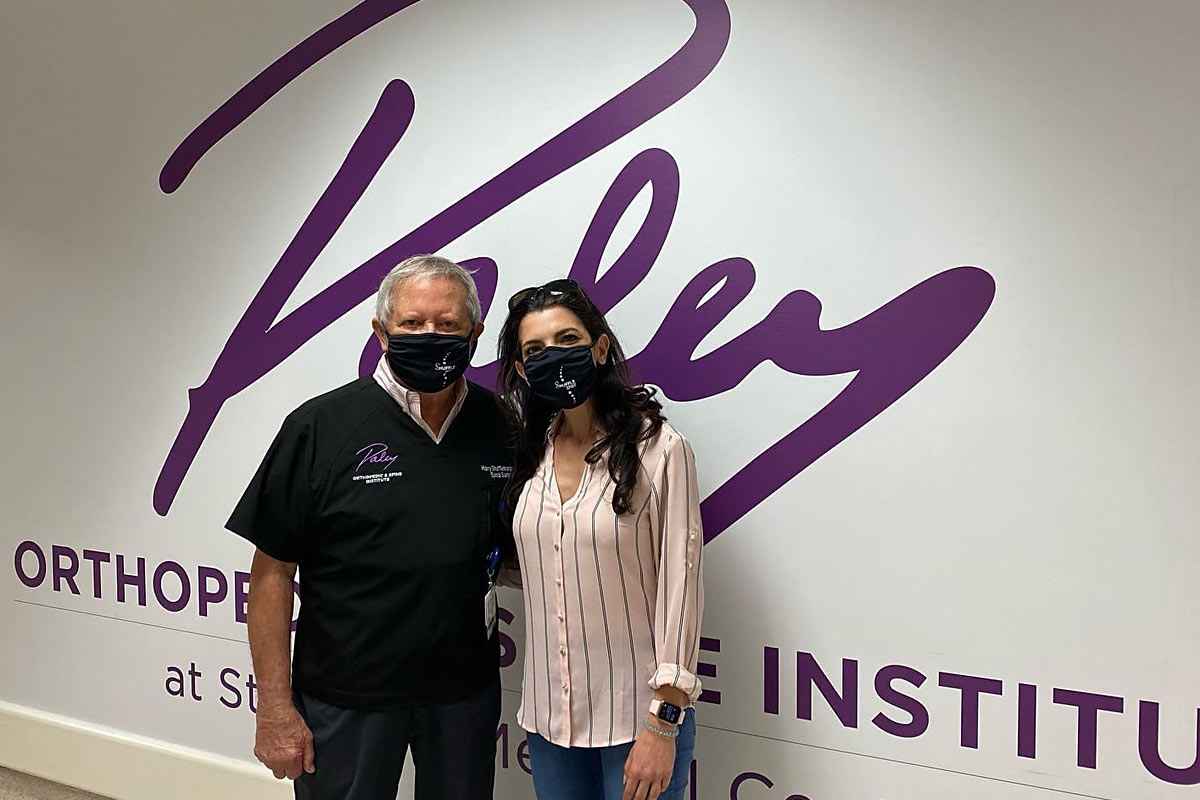Scoliosis is a disorder that manifests as an abnormal sideways curvature of the spine or backbone. When looking from the front, the spine is expected to appear straight. Scoliosis alters this, causing the spine to curve to one side.
While scoliosis can be seen at any age, it occurs most often during the growth spurt just before puberty. It is most common in girls than boys and typically sets in at about ten years. Most cases are mild, but some may become worse as the child grows.
What Causes Scoliosis?
The primary cause of the most common type of Scoliosis is currently unknown. Substantial evidence, however, suggests that it is hereditary. That means parents with scoliosis are more likely to have children with the problem. There is no correlation between the severities of the abnormal curve from one generation to another, though.
The less common types of scoliosis, on the other hand, can be caused by the following:
• Neuromuscular conditions like cerebral palsy or muscular dystrophy
• Birth defects that affect the development of the spinal bones
• Infections of the spine or injuries.
What Are The Risk Factors?
The risk factors of scoliosis include:
• Family history: The disorder can run in families, though some people that develop scoliosis have no family history of it.
• Age: The condition normally occurs during the growth spurt that precedes puberty. Children between 9 – 15 years are at greater risk.
• Gender: Girls have a higher risk of developing serious scoliosis than boys. The rate of developing mild scoliosis may be equal, but girls are at higher risk of the problem becoming worse and requiring treatment.
What Are The Symptoms And Signs Of Scoliosis?
The major symptoms and signs of Scoliosis include:
• Uneven shoulders and waist
• One hip looking higher than the other
• One shoulder blade appearing more prominent than the other
• An obvious curve one side of the rib cage.
What Are The Possible Complications?
In most instances, scoliosis is a mild disorder. Serious cases can result in the following complications:
• A significantly poor posture resulting from uneven hips and shoulders, as well as a shift of the waist and trunk.
• Chronic back pain, which is mostly experienced by adults who had the disorder when they were younger
• Severe Scoliosis may cause the rib cage to press against vital organs like the lung and heart. This, in turn, can result in life-threatening conditions.
What Are The Treatment Options?
Mild scoliosis may not require serious intervention, but it is always important to see a doctor if a child develops the condition. Depending on the nature of the condition and the risks of the problem getting worse, treatment approaches will include medical observation and bracing. In severe cases, surgery may be required.


